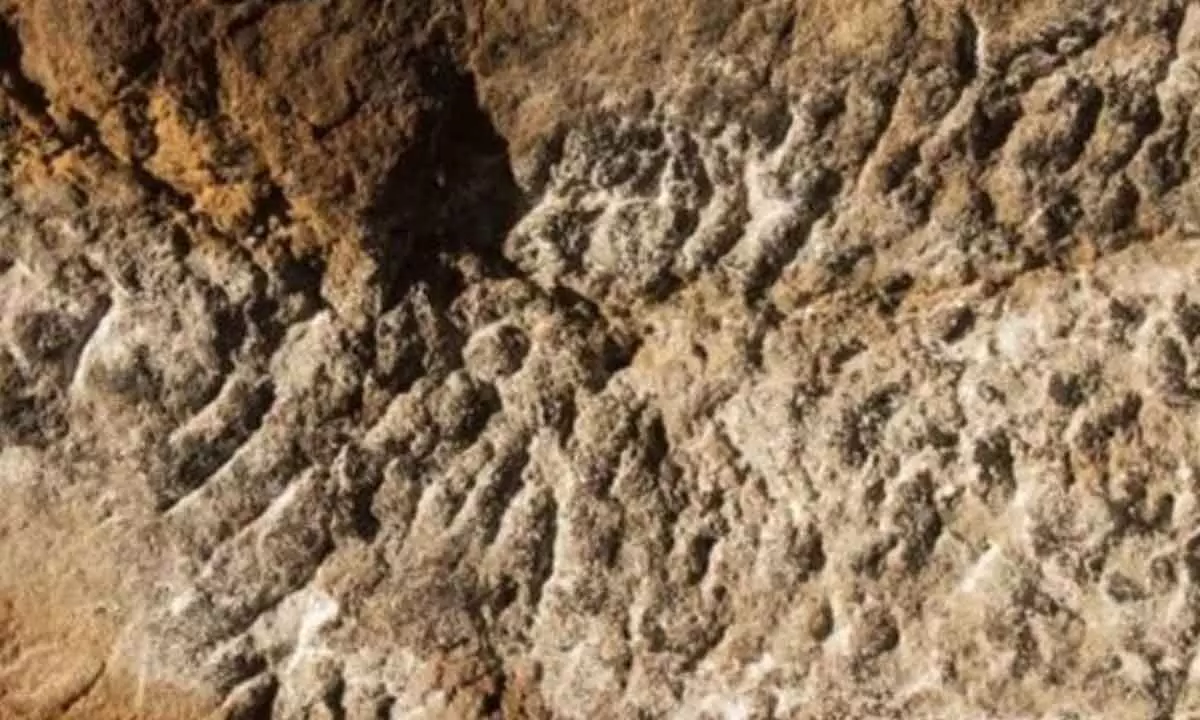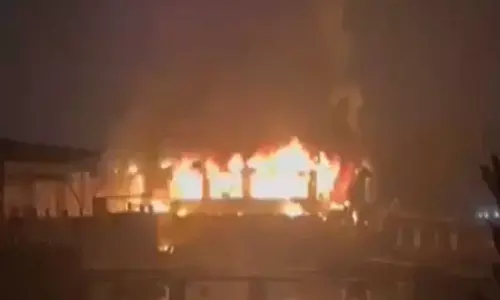2,200-year-old 'Tamizhi' Inscriptions Discovered In Tamil Nadu

The Archaeological Survey of India (ASI) is in charge of protecting these inscriptions
- Three Tamil Brahmi inscriptions from the first centuries BC and AD, as well as five stone beds, were found in the caverns.
- It features a slit in the front to prevent rain from getting in and is shaped like a circle.
One of the six holy locations of Lord Murugan, collectively known as "Arupadaiveedu," is Thiruparankundram, which is a well-known pilgrimage site in the Madurai region of Tamil Nadu. The inscription was discovered on February 8 and, according to Madurai-based archaeologist Balamurali, the hill as a whole has historical significance.
They also mentioned that Yaara Adhira might have been the name used by the individual who constructed these stone beds. The team of archaeologists noted that three lines were carved to represent three stone beds in the Tamil Brahmi inscription at Arittapatti and Thondur and advised the Tamil Nadu Archaeology Department to pursue additional archaeological investigation here.




















